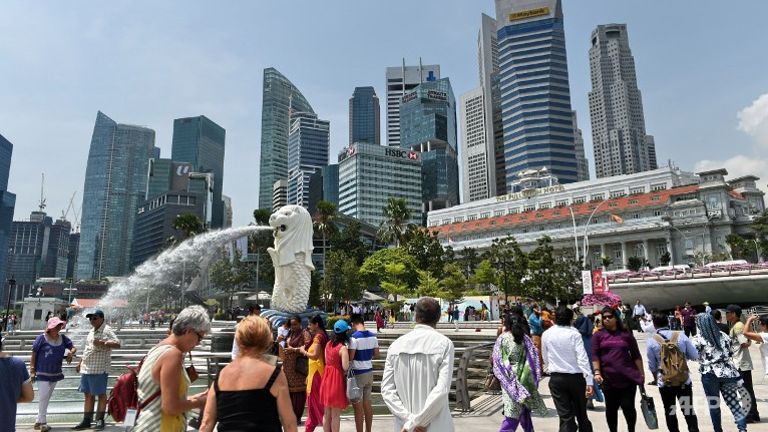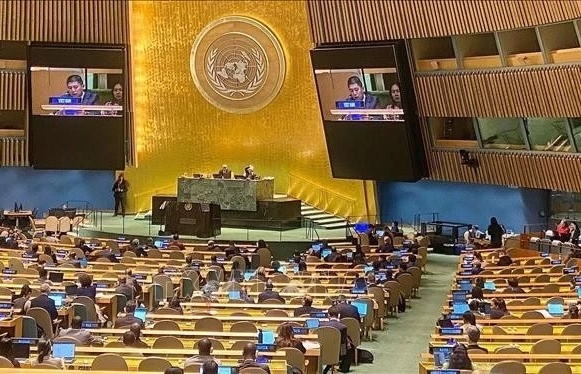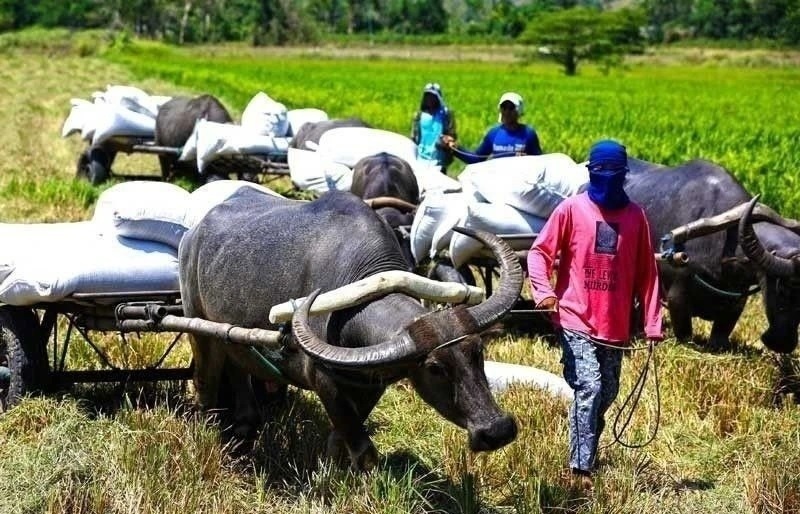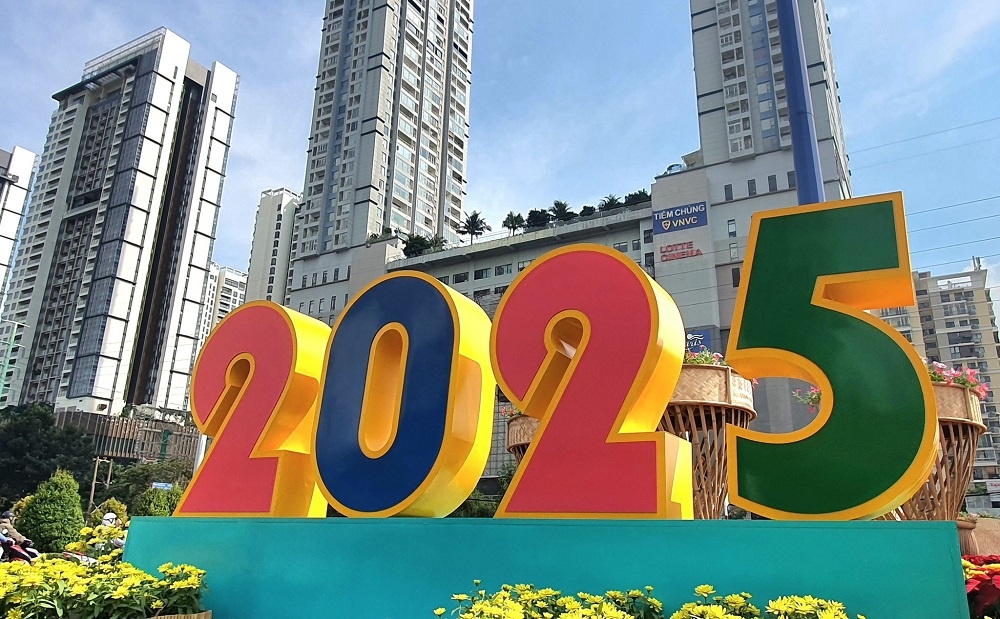Rains clear the air in SE Asia, raising hopes of end to smog crisis
 |
| Tourists take photographs in front of the iconic "Merlion" fountain statue as the sky cleared from the haze that has shrouded Singapore in recent weeks, on Oct 29, 2015. (Photo: AFP/Roslan Rahman) |
KUALA LUMPUR: Persistent rains have cleared the air across vast stretches of Southeast Asia that have choked for weeks on hazardous smoke from Indonesian fires, with officials expressing hope on Thursday (Oct 29) that the crisis could soon end.
Parts of Indonesia, Malaysia, and Singapore enjoyed the cleanest air in two months, while affected areas of the Philippines and Thailand also gained a respite from pollution that has sickened hundreds of thousands, disrupted air travel and fuelled anger at Jakarta.
Malaysia's top weather forecaster declared the region's rainy season - crucial to putting out the annual outbreak of smoke-belching Indonesian forest and agricultural fires - had begun. "We should have blue skies and no more haze," Che Gayah Ismail, director-general of the country's Meteorological Department, told AFP, adding that any further smoke would be blown away from the region.
The fires and resulting region-wide pollution occur to varying degrees each year during the dry season as vast Indonesian plantation lands are illegally cleared by burning.
RAINS “WELCOMED WITH JOY”
Experts had warned that this year's outbreak was on track to become the worst yet due to bone-dry conditions caused by the El Nino phenomenon, which alters weather patterns across the Pacific basin. Fears had grown that the rainy season could be delayed for months, prolonging the health and environmental disaster.
Indonesian authorities say 19 people have died either fighting the fires or due to the smoke, and that half a million Indonesians are suffering from respiratory illness. Indonesian officials are yet to declare that the corner had been turned in the battle against the haze.
But its disaster agency spokesman Sutopo Purwo Nugroho said that recent rainfall on the huge islands of Sumatra and Borneo - where hundreds of fires have smouldered since July - has dramatically reduced the smoke, and that more precipitation was expected.
Affected communities "welcomed this with joy and said grace after two months of being held captive to haze", Sutopo said in a statement. The rains there included both natural and artificially induced showers from cloud-seeding, he added.
The semi-annual crisis brings recurring pressure on Indonesia, which has failed over the years to rein in the planters accused of starting the fires.
Jakarta agreed earlier this month to accept international help after failing for weeks to douse the blazes, and has employed dozens of planes and thousands of personnel on the ground in a fire-fighting campaign.
Residents of Palangkaraya, an Indonesian city on Borneo where the intense fires have created eerie yellow skies and unbreathable air, expressed relief at seeing patches of blue up above for the first time. Schools that were closed for health reasons have begun reopening, and children in uniforms were seen riding bikes without masks.
“FINALLY I CAN BREATHE”
"Finally I can breathe normally," said Suratmini, 34, a Palangkaraya resident who like many Indonesians goes by one name. "It's good for the children as well because they can go to school."
Environment ministers from the 10-country Association of Southeast Asian Nations (ASEAN) met on Wednesday and Thursday about the issue in Hanoi. "The ministers expressed concern over the unprecedented severity and geographical spread of the recent smoke haze affecting various ASEAN countries," a statement afterward said, but no new measures were announced.
The US-based World Resources Institute has said that at their peak, the fires were spewing more greenhouse gases into the atmosphere each day than the United States, the world's second-largest emitter of the gases blamed for global warming.
What the stars mean:
★ Poor ★ ★ Promising ★★★ Good ★★★★ Very good ★★★★★ Exceptional
Latest News
More News
- Malaysia approves national ESG strategic plan (December 19, 2024 | 16:37)
- E-visas available at all Thai embassies, consulates from January 1, 2025 (December 19, 2024 | 16:18)
- More than $2 billion boost to growth as UK joins CPTPP (December 16, 2024 | 17:25)
- Malaysia launches national AI office for policy, regulation (December 13, 2024 | 10:13)
- ADB approves 500 million USD loan for Philippines’s public financial management reform (December 13, 2024 | 10:00)
- Five tech predictions for 2025 and beyond (December 11, 2024 | 15:52)
- Singapore cracks down on illegal lending operations (November 26, 2024 | 09:25)
- Cambodian King to pay state visit to Vietnam (November 26, 2024 | 09:13)
- Trump claims 'magnificent' victory over Harris (November 06, 2024 | 16:55)
- Trump at 266 electoral votes, Harris at 195: US media (November 06, 2024 | 14:30)


















 Mobile Version
Mobile Version